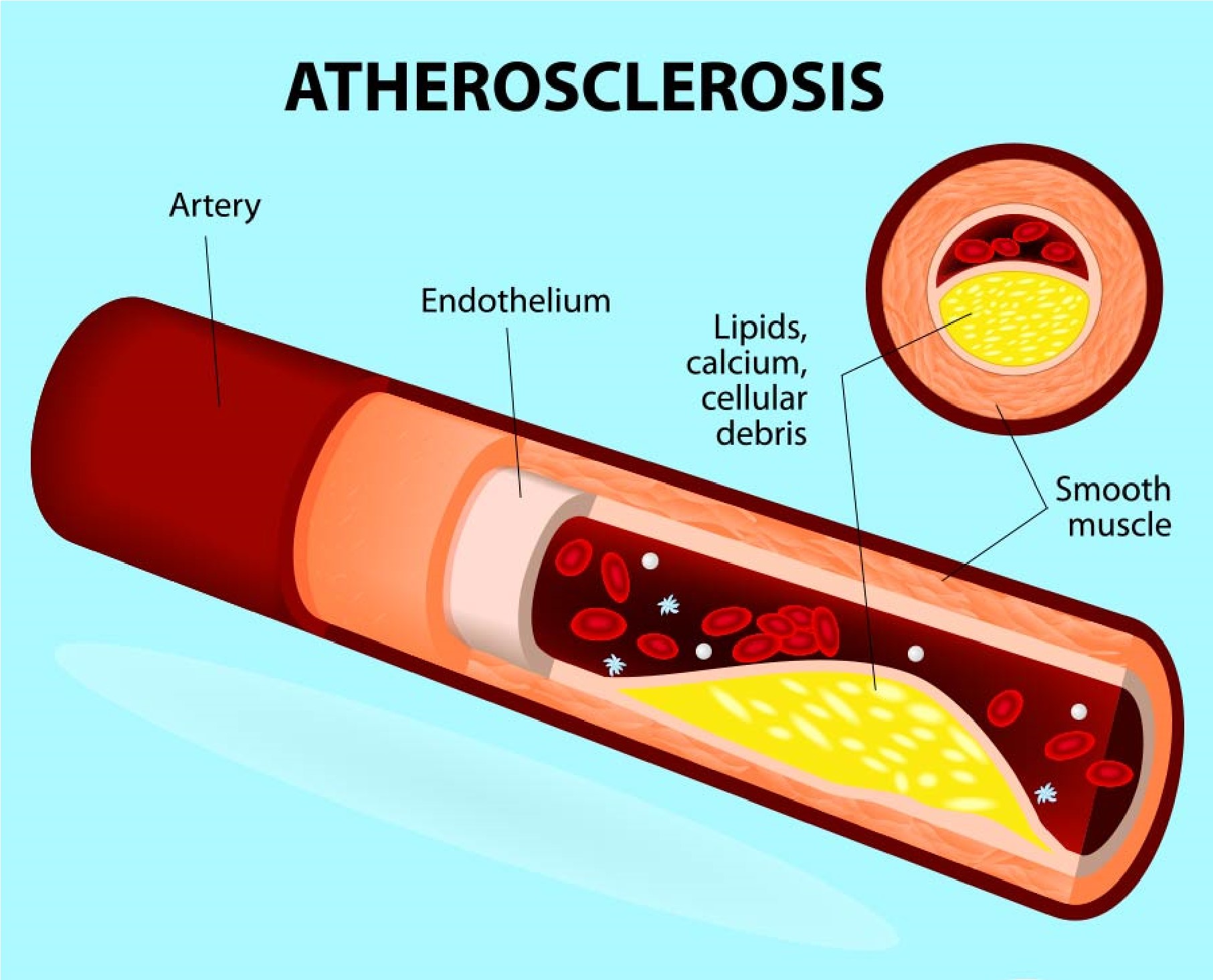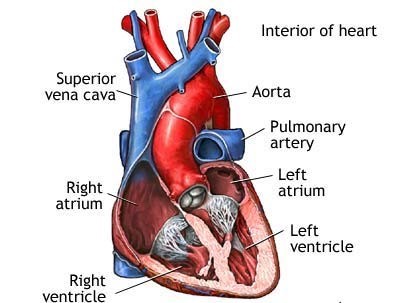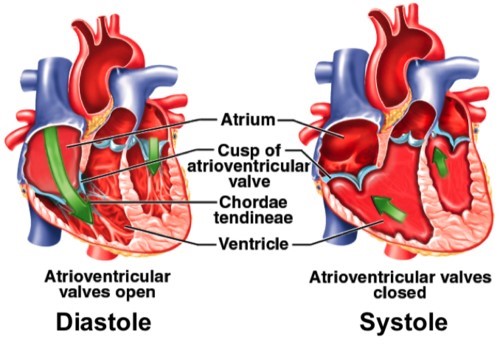The most common cause of coronary artery disease is
Myocarditis
Hypoglycemia
Atherosclerosis
Vasospasm
The Correct Answer is C

Atherosclerosis is a condition where the walls of the arteries become thick and hard due to the accumulation of fatty deposits, cholesterol, and other substances. Over time, these deposits can build up and narrow the arteries, reducing blood flow to the heart muscle. This can lead to the development of coronary artery disease, which is a condition where the heart muscle does not get enough oxygen and nutrients to function properly. The narrowing of the arteries can also increase the risk of blood clots, which can lead to a heart attack or stroke.
Myocarditis is an inflammation of the heart muscle, usually caused by a viral infection, and is not the most common cause of coronary artery disease.
Hypoglycemia is a condition where the blood sugar level is too low, and it is not directly related to the development of coronary artery disease.
Vasospasm is a sudden constriction of a blood vessel, which can lead to reduced blood flow and tissue damage. It can contribute to the development of coronary artery disease, but it is not the most common cause.
Nursing Test Bank
Naxlex Comprehensive Predictor Exams
Related Questions
Correct Answer is A
Explanation

The walls of the atria are thin because they do not generate as much pressure as the ventricles, as their main function is to receive blood from the veins and pump it into the ventricles. The ventricles have thicker walls because they are responsible for generating the force necessary to pump blood out of the heart and into the systemic or pulmonary circulation.
Correct Answer is B
Explanation
The mitral and tricuspid valves are located between the atria and ventricles in the heart, and they open and close to allow blood to flow in one direction through the heart. During diastole, when the heart is relaxed and filling with blood, the mitral and tricuspid valves are open to allow blood to flow from the atria into the ventricles.
Once the ventricles are filled with blood, they begin to contract during systole to pump the blood out to the lungs (right ventricle) and the rest of the body (left ventricle). As the ventricles contract, the pressure within them increases, which causes the mitral and tricuspid valves to be pushed closed by the blood within the ventricles. This closure prevents the backflow of blood into the atria during ventricular contraction (systole).

The chordae tendineae are thin, fibrous cords that connect the mitral and tricuspid valves to the papillary muscles within the ventricles. These structures help to anchor the valves in place during ventricular contraction, and prevent them from prolapsing (bulging back into the atria) and causing regurgitation (backflow of blood).
The trabeculae carneae are muscular ridges within the ventricles that help to increase the force of ventricular contraction, but they do not play a direct role in closing the mitral and tricuspid valves. Similarly, the reduced pressure in the atria during ventricular contraction is due to the fact that blood is being pumped out of the atria and into the ventricles, rather than the atria "pulling" the valves closed.
Whether you are a student looking to ace your exams or a practicing nurse seeking to enhance your expertise , our nursing education contents will empower you with the confidence and competence to make a difference in the lives of patients and become a respected leader in the healthcare field.
Visit Naxlex, invest in your future and unlock endless possibilities with our unparalleled nursing education contents today
Report Wrong Answer on the Current Question
Do you disagree with the answer? If yes, what is your expected answer? Explain.
Kindly be descriptive with the issue you are facing.
